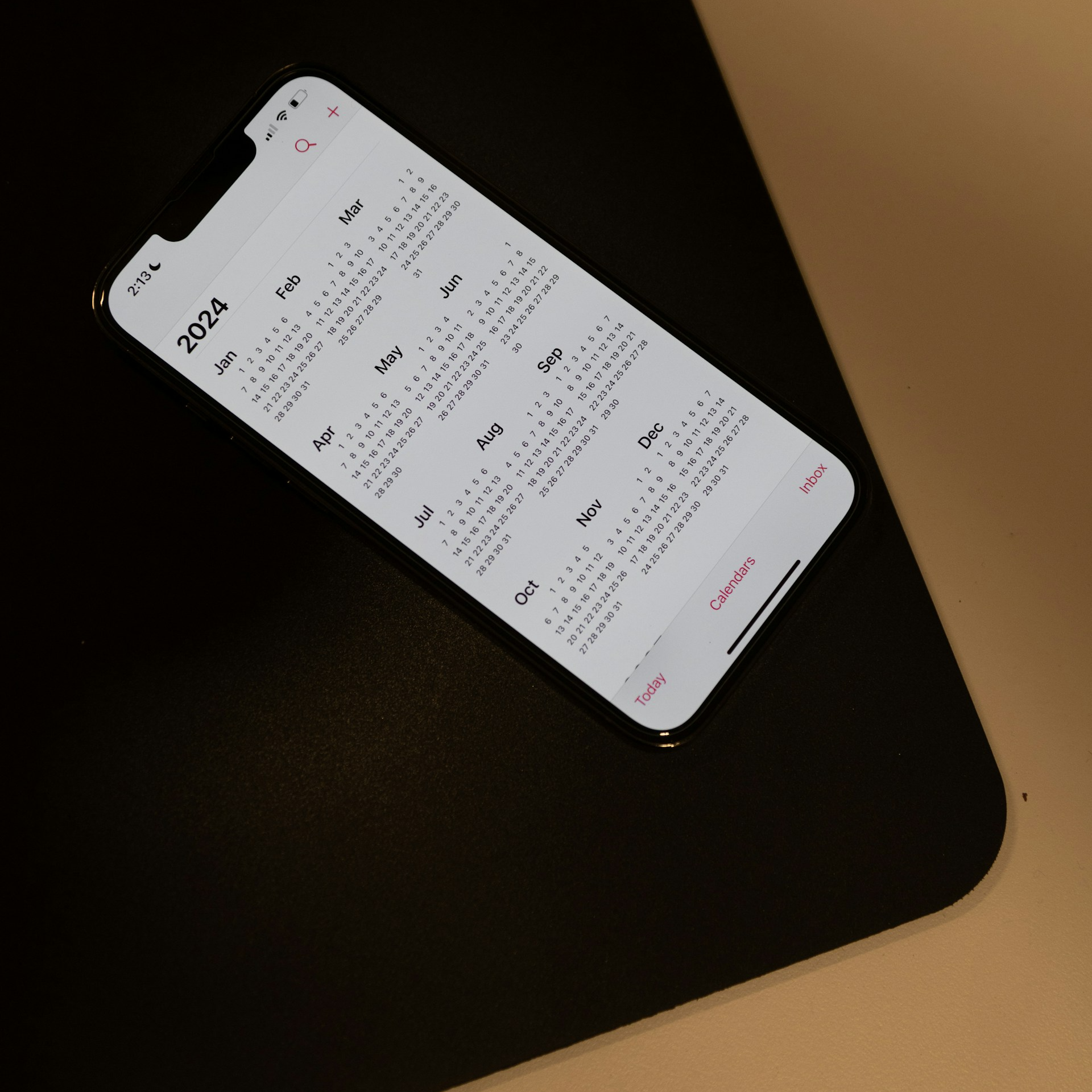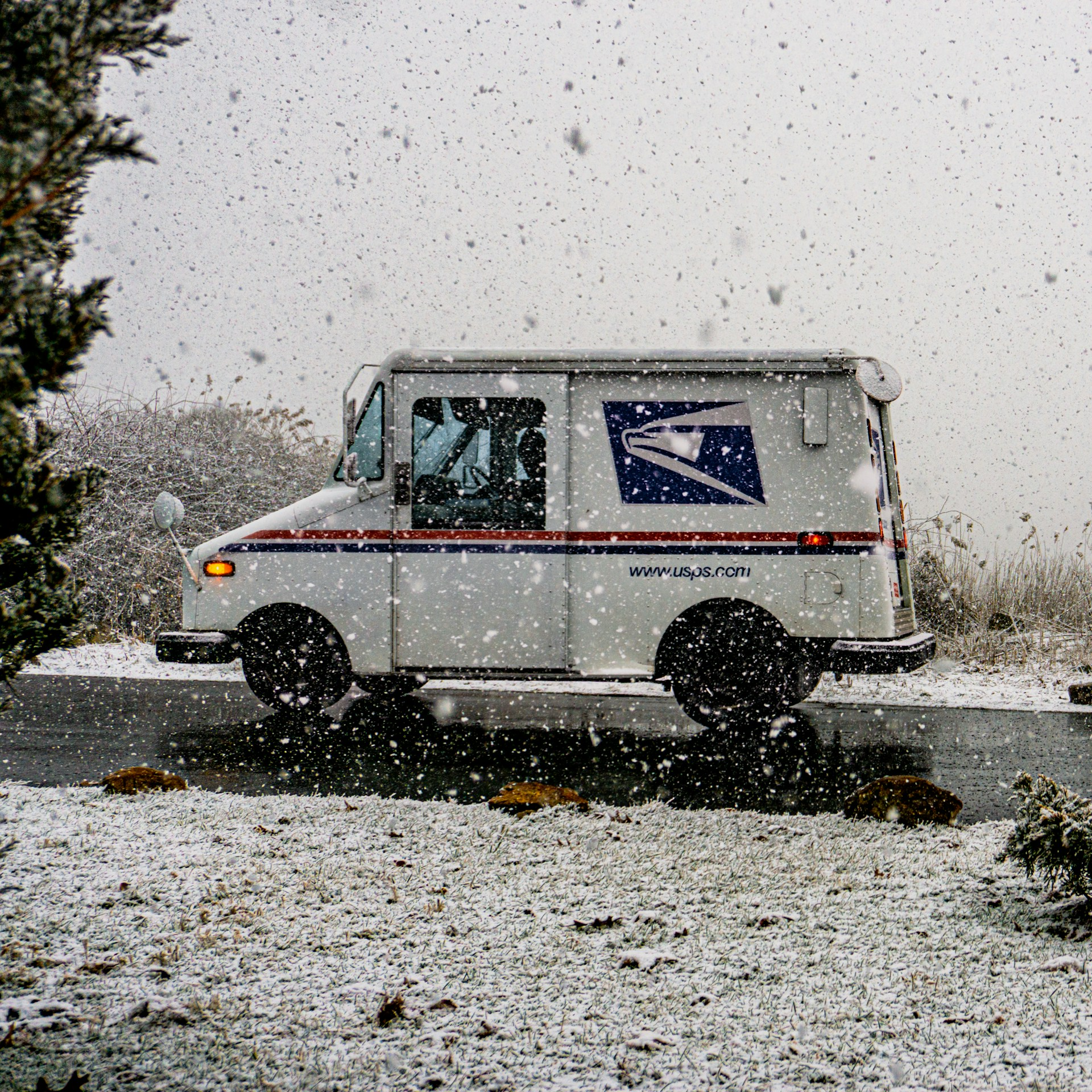Key Takeaways
-
If you’re a Postal Service Health Benefits (PSHB) enrollee who is eligible for Medicare in 2025, enrolling in Medicare Part B is not a suggestion—it is required unless you meet one of the specific exemption criteria.
-
While PSHB plans are designed to work with Medicare, failing to enroll in Medicare Part B can mean losing your PSHB coverage entirely or facing significantly higher out-of-pocket costs.
Why Medicare Matters So Much for PSHB in 2025
The launch of the Postal Service Health Benefits (PSHB) Program in 2025 creates new dynamics between your federal health coverage and Medicare. This isn’t just a new plan name replacing FEHB; PSHB enrollees face new rules, especially when it comes to Medicare coordination.
If you’re Medicare-eligible in 2025 and currently enrolled in a PSHB plan, you must understand what Medicare requires of you. Not complying doesn’t just cause confusion; it can result in the termination of your PSHB benefits.
Who Must Enroll in Medicare Part B in 2025
The Office of Personnel Management (OPM) now requires most Medicare-eligible PSHB annuitants and their covered family members to enroll in Medicare Part B. This applies if you:
-
Are a Postal Service annuitant or family member aged 65 or older in 2025
-
Are eligible for Medicare Part A at no cost
-
Were not retired as of January 1, 2025
If you fall into this category and don’t enroll in Medicare Part B, you risk losing your PSHB coverage.
Exemptions to the Part B Requirement
You are exempt from the mandatory Medicare Part B enrollment if:
-
You retired on or before January 1, 2025
-
You are an employee (not annuitant) aged 64 or older as of January 1, 2025
-
You live outside the United States and its territories
-
You are eligible for healthcare through the VA or Indian Health Service and meet the exemption criteria
If you’re exempt, you are not required to enroll in Medicare Part B, but you may still want to evaluate whether doing so benefits you.
What Happens If You Don’t Enroll in Part B
Failure to enroll in Medicare Part B when required can lead to cancellation of your PSHB enrollment. This is not simply a case of higher costs or reduced benefits; it may result in a complete loss of coverage.
The PSHB program expects Medicare to pay first, with your PSHB plan acting as secondary payer. If Medicare isn’t in place, the PSHB plan may not pay what you expect.
Medicare and PSHB: Who Pays What
When you’re enrolled in both Medicare and PSHB, here’s how coordination typically works:
-
Medicare pays first (primary payer)
-
PSHB plan pays second (secondary payer)
This coordination significantly reduces your out-of-pocket costs compared to having PSHB alone without Medicare.
With Medicare Part B
-
Lower deductibles and copayments
-
Many plans waive cost-sharing entirely
-
Lower prescription drug costs through integrated Medicare Part D coverage
Without Medicare Part B (if exempt)
-
You pay full PSHB deductibles and coinsurance
-
No waiver of out-of-pocket costs
-
Higher prescription drug expenses
Even if you’re exempt, you might reconsider skipping Part B if you rely on frequent medical services.
Medicare Enrollment Windows That Affect You
If you’re new to Medicare in 2025, timing your enrollment is critical.
Initial Enrollment Period (IEP)
-
Begins 3 months before your 65th birthday
-
Includes your birthday month
-
Ends 3 months after your birthday month
Failing to enroll during your IEP could result in lifetime late penalties.
Special Enrollment Period (SEP) for PSHB Transition
In 2024, a one-time SEP was available from April through September to allow Postal Service annuitants to enroll in Part B without penalty. If you didn’t take advantage of that SEP, and you’re now required to have Part B, you’ll need to act quickly during a regular enrollment window or possibly pay penalties.
General Enrollment Period (GEP)
-
January 1 to March 31 annually
-
Coverage starts July 1
-
Late penalties may apply
If you missed your IEP and didn’t qualify for the 2024 SEP, the GEP is your next opportunity.
PSHB Prescription Drug Coverage and Medicare
PSHB plans automatically include Medicare Part D prescription drug coverage for those enrolled in Medicare. You cannot opt out of this Part D benefit without also forfeiting your drug coverage under PSHB.
Key features include:
-
Annual $2,000 out-of-pocket maximum
-
$35 monthly cap on insulin
-
Waived deductibles in many plans for Medicare users
If you decline this integrated Part D coverage, you may not be able to re-enroll later unless you qualify for another enrollment period. That could mean no prescription drug coverage at all.
Financial Impact of Medicare + PSHB
Though Medicare Part B has a standard monthly premium of $185 in 2025, having it can result in significant cost savings through lower out-of-pocket costs, waived deductibles, and reduced coinsurance.
Without Medicare Part B
You would likely pay:
-
The full PSHB plan deductible (typically $350 to $500)
-
Coinsurance on services (10% to 30% in-network)
-
Higher copayments
-
Full cost of prescription coverage up to your plan’s limit
With Medicare Part B
You can often:
-
Pay $0 for many covered services after Medicare pays first
-
Avoid the deductible
-
Lower prescription drug expenses
-
Access broader networks
The financial trade-off is clear: you pay a monthly premium for Part B, but the savings can outweigh it over time, especially if your healthcare needs are substantial.
What You Need to Do in 2025
To ensure continued PSHB coverage and avoid penalties, you need to:
-
Confirm your Medicare eligibility status
-
Determine if you’re required to enroll in Part B
-
Enroll in Part B if required (or voluntarily if exempt but want coverage)
-
Check for Medicare Part D automatic enrollment through your PSHB plan
You should also:
-
Review your Annual Notice of Change from your PSHB plan
-
Compare the benefits of your PSHB plan with and without Medicare
-
Keep all documentation from Medicare and OPM
Failing to plan ahead puts you at risk for coverage lapses, unexpected bills, and Medicare penalties.
Medicare Isn’t Optional for Many PSHB Enrollees
The PSHB system depends on Medicare integration for both functionality and affordability. This is not a plan you can simply enroll in and forget. You must stay actively informed of your eligibility, obligations, and timelines.
The rules changed significantly in 2025. What may have worked for you under FEHB could lead to cancellation or steep costs under PSHB if you’re not careful. If you’re unsure whether you’re required to enroll in Medicare Part B or how this impacts your PSHB coverage, it’s time to get answers.
Make Sure You’re Covered
The relationship between Medicare and PSHB is now tightly connected, and the consequences of missing deadlines or skipping enrollment can be severe. Medicare isn’t free. It isn’t simple. And for many PSHB enrollees, it isn’t optional.
Take the time now to assess your situation. Review your Medicare status, understand your PSHB plan’s coordination rules, and reach out for help if you’re uncertain. A licensed agent listed on this website can walk you through your options and help ensure your healthcare coverage in 2025 meets your needs and legal requirements.












